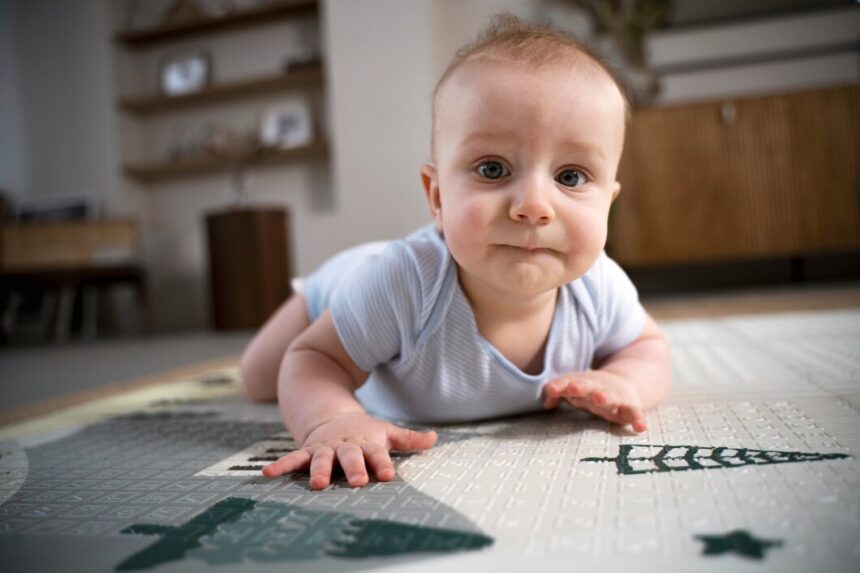Polio, short for poliomyelitis, is a highly infectious viral disease that primarily affects children under the age of five. While polio has been largely eradicated in many parts of the world due to extensive vaccination programs, awareness of its early signs and symptoms remains crucial, especially in areas where the virus is still present. Early detection can lead to better management and prevent complications. Here’s what parents should look out for:
1. Fever and Fatigue
One of the first symptoms of polio is often a mild fever, typically ranging from 100°F to 102°F (37.8°C to 38.9°C). This fever is usually accompanied by general fatigue and a feeling of malaise. Children may appear more tired than usual and may not have the same level of energy for play or daily activities.
2. Sore Throat
A sore throat can develop in the early stages of polio, often presenting as a mild discomfort. Parents should note if their child complains of pain when swallowing or if they are more irritable than usual, as this can indicate a sore throat’s onset.
3. Nausea and Vomiting
Children infected with the poliovirus may experience gastrointestinal symptoms such as nausea and vomiting. These symptoms can sometimes be mistaken for other common illnesses, but when they occur alongside other signs, they should be taken seriously.
4. Muscle Pain and Weakness
As the virus progresses, muscle pain and stiffness may develop. This symptom often affects the legs and may lead to a general feeling of weakness. Parents should monitor their child for any unusual complaints about muscle aches, particularly in conjunction with other symptoms.
5. Loss of Reflexes
A notable early sign of polio is a decrease in reflexes. This can be observed when children are unable to react normally to stimuli, such as not responding to a gentle tap on the knee. Parents should be aware of any changes in their child’s reflex responses.
6. Back and Neck Stiffness
Children with polio may also present with stiffness in the neck and back. This symptom can be particularly concerning, as it may indicate that the virus is affecting the nervous system. Parents should seek medical attention if they notice stiffness that restricts movement.
7. Symptoms Progressing to Flaccid Paralysis
In some cases, the poliovirus can lead to flaccid paralysis, which is characterized by sudden weakness or loss of muscle tone in the arms and legs. This is a more severe manifestation of the disease and usually occurs within a week of the initial symptoms. It is critical to seek immediate medical attention if this occurs.
Understanding the early signs and symptoms of polio in children is vital for prompt diagnosis and treatment. While the risk of polio is significantly reduced in vaccinated populations, remaining vigilant is essential, especially in areas where the virus may still circulate. If parents observe any combination of the above symptoms, they should consult a healthcare professional immediately. Vaccination remains the best protection against polio, and keeping up to date with immunizations is crucial for safeguarding children’s health.










